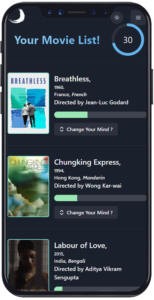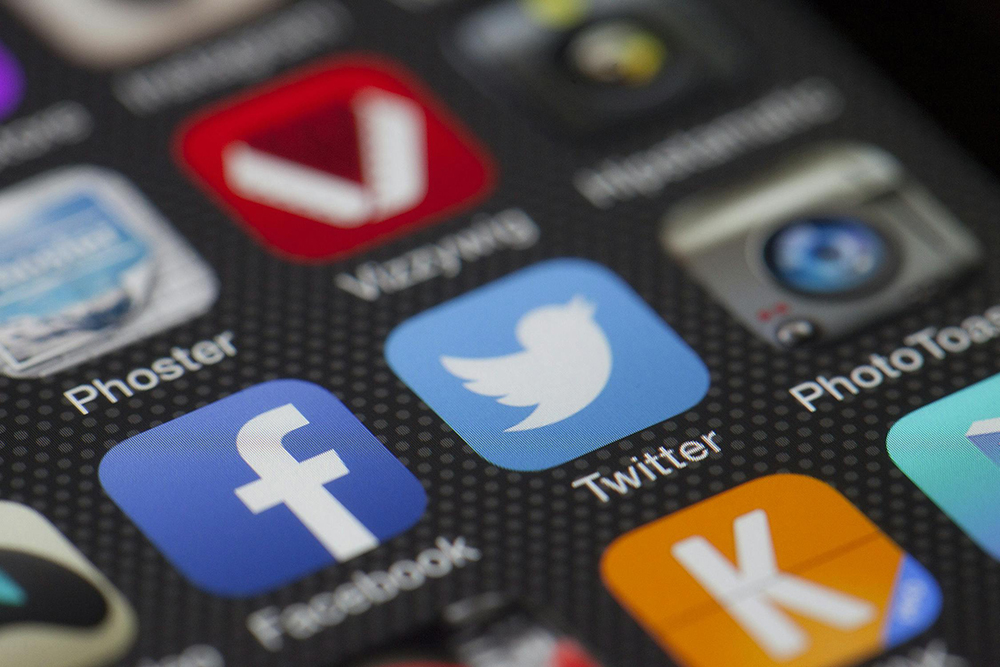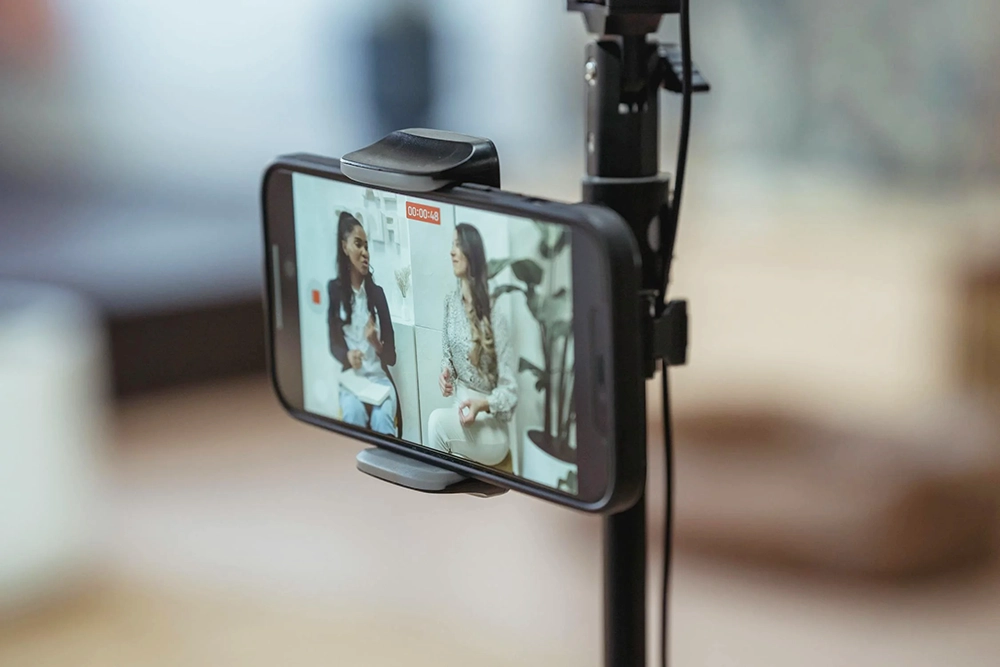Movie promotion used to be centered around traditional media channels like newspapers and one-sheets, commonly known as movie posters. While it’s not uncommon to see a movie poster outside of a local theater, this likely isn’t the primary way you are getting your movie news nowadays. Whether you’re an indie film buff or a casual watcher of box-office hits, it’s undeniable how social media has changed the dissemination and consumption of movie advertisements.
Advancements in technology have not only made it easier for indie filmmakers to create their projects, but they have also transformed the way audiences learn about these projects. From conception to release, the secrets of filmmaking are no longer confined to Hollywood. Social media marketing inherently invites a wider audience and more transparent messaging.
Breaking Down Barriers
Just as any business uses social media to promote products and services, film marketing teams use it to promote the film. This can happen in a variety of different ways and, if done correctly, is effective at spreading the word about an upcoming movie far and wide. Social posts can build hype around a movie, raise funds for a proposed project, and promote discourse around a film that’s already been released. When creating your social media plan for film promotion, consider some of the following:
- Outlining goals;
- Audience research;
- Picking the right platforms;
- Targeted ads;
- Influencer collaborations;
- Creating on-trend posts;
- Measuring and analyzing performance.
Social media users not only get quick access to up-and-coming films, but they also get unbridled access to behind-the-scenes footage and stories. This closeness makes it possible for people to feel more invested in the film, itself. As movies like “The Social Dilemma” so poignantly point out, people are obsessed with social platforms. The posts you see inevitably influence the way you think and perceive the world. If movie marketers can get in front of your eyes in this way, you are more likely to keep your film top-of-mind when choosing what to watch on a random Saturday night.
Instagram as a Visual Representation of Films
Considering films are a visual art form, it stands to reason that the most conducive social platforms for movie marketing are highly visual. Instagram is a good example of this. While Instagram marketing can consist of ads, there are also plenty of businesses out there making organic content, interacting with fans, and sharing user-generated posts. In fact, 90% of people on Instagram follow at least one business.

Instagram is all about aesthetic curation and the perfect feed, but users are increasingly expecting more real and raw content. Transparency on the platform can make you feel as though you are connected with the film and privy to exclusive info, like premiere dates and easter eggs. Actors can get into the movie marketing by simply posting on their personal pages about behind-the-scenes filming. Any interesting—or even perhaps mildly controversial—stories when filming on set or participating in interviews can generate buzz.
Short-Form Videos on TikTok That Spark Creativity
Interactive and immersive cinematic marketing experiences are taking precedence over exclusionary, hush-hush tactics. Platforms like TikTok have ramped up the popularity of down-to-earth, relatable content. Short-form videos on this platform and others have remained at the forefront, delivering captivating information in a small window of time. Filmmakers are keen to grab your attention quickly, so trailers are being made specifically for vertical, quick videos on TikTok.
Filmmakers and their social marketing teams must align on their creative vision. Creative briefs help businesses define their target audience, key deliverables, and target audience. When marketing a movie, for example, you should research TikTok trends to follow and set specific view goals. Films can benefit from having a specific tagline or aesthetic that lends itself to user-generated content—like fashion inspired by the film. The behind-the-scenes content also works well on this platform, prompting users to use funny audio clips from these moments or stitch a shocking clip with their reactions.
Movie Lovers and Reviews Culminate on Letterboxd
User-generated content isn’t always controllable. Social media platforms specifically for movie reviews, like Letterboxd and FilmX, cater to film buffs. They serve as an online space where passionate moviegoers converge to share their thoughts, reviews, and recommendations. Filmmakers and their marketing teams can, however, leverage these platforms’ community-driven nature by engaging directly with a dedicated audience eager to discuss and discover new cinematic gems.
Unlike other social media platforms, Letterboxd fosters an environment where in-depth film analysis and nuanced discussions thrive. Filmmakers can interact with users through reviews, respond to comments, and gain valuable insights into the audience’s sentiments. By actively participating in the Letterboxd community, filmmakers can not only build a loyal fan base but also tap into the platform’s influence in shaping film perceptions.

Exclusive content can also be shared on Letterboxd, such as behind-the-scenes footage, interviews, or special announcements. The receptive audience on this platform values the art of storytelling and appreciates personalized engagement. This authentic and intimate connection between creators and fans transcends the traditional barriers of movie promotion.
Continuing To Evolve
As time goes on, movies are likely to be promoted in innovative ways. This will reflect shifting cultural norms, new tech, and social media trends. New platforms will pop up and new conversations will be had surrounding what it means to market a great film. However movie marketing may evolve, one thing undoubtedly remains true—the commitment to pushing the boundaries of imagination and the appreciation from fans for fantastic filmmaking.


